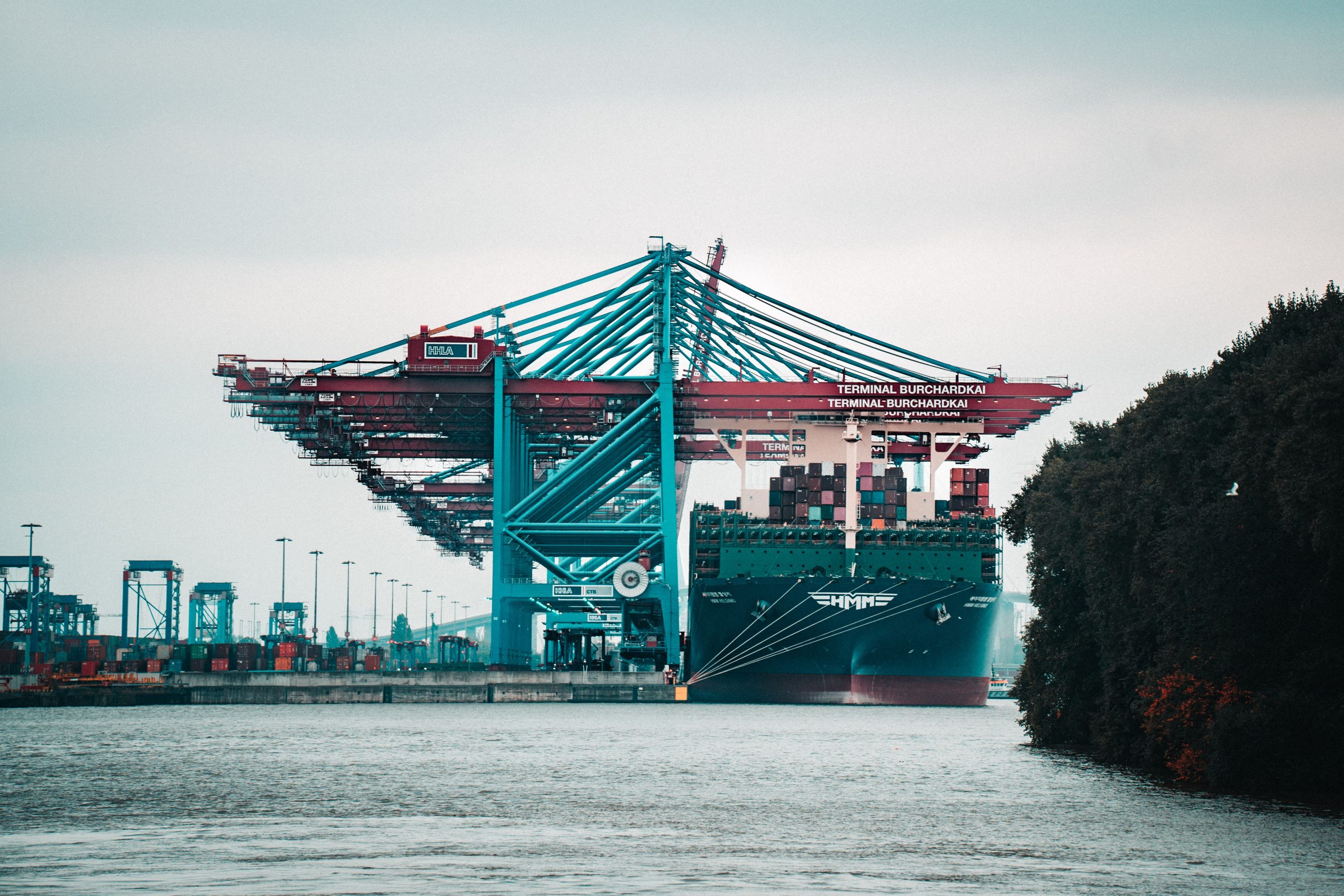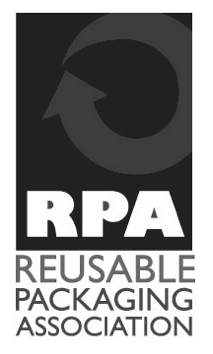SDCExec.com, Alison Thurber, July 27, 2023
As you identify possible supply chain improvements, it’s wise to analyze each potential change in terms of its requirements and impact across several dimensions, including process and product quality, customer experience, supplier availability and ROI.
Decarbonizing the supply chain is a critical component of achieving Net Zero CO2 reduction goals. More than 90% of the typical organization’s greenhouse gas emissions come from supply chains, which means that supply chain decarbonization is also a potential area for big wins in the short term and over the longer horizon. Up to 95% of companies say they’ll be impacted by the need to reduce their supply chain’s carbon footprint, but many aren’t ready to do so while maintaining or improving their customer experience (CX).
Solving for sustainability and CX in the supply chain is a must, because in addition to the hard limits imposed by our atmosphere, customers also increasingly expect sustainable products. Investors are weighing in, too. Nearly a quarter (23%) of global companies surveyed by the MIT Center for Transportation & Logistics in 2022 said they feel an “increase in pressure from investors” to make their supply chains more sustainable.
These combined requirements and expectations require businesses to find ways to reduce their supply chains’ carbon footprint without causing a decline in product quality, service delivery and other elements of the customer experience. A strategy that uses data analytics, hardware improvements and process optimization can meet carbon reduction goals in a way that meets all stakeholders’ standards.
Setting Supply Chain Sustainability Goals
A 2022 MIT survey found that climate change mitigation was the most often-cited focus of corporations’ supply chain sustainability (SCS) goals, followed closely by natural resource and biodiversity conservation and supply chain circularity. Of course, each organization has unique supply chain requirements and investor and customer expectations, so every organization needs to plan its own strategy for improving SCS.
A good starting point is to audit and map or diagram your current supply chain so that you have a view of all suppliers. MIT found that 46% of organizations audit suppliers and 38% map their supply chains as part of their SCS practices. Without this information it’s impossible to quantify your current SC carbon footprint, so it’s worth investing as much time and effort as it takes to get the most comprehensive and up-to-date visibility you can, even if you can’t get a complete 360-degree view. Another survey found that “very few” B2B organizations are currently able to implement “end-to-end transparency and visibility.”








